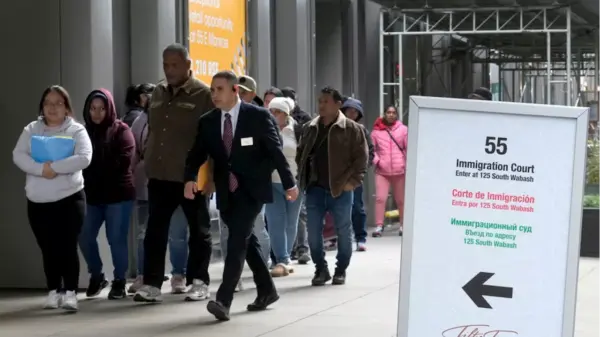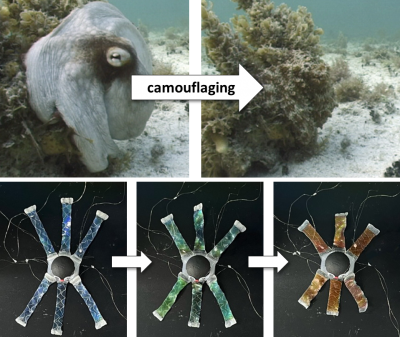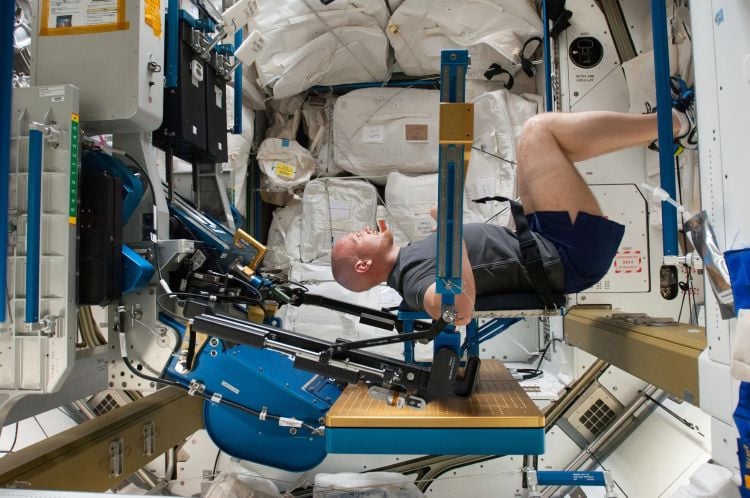A recent study published in Stem Cell Reports investigates how spaceflight affects sarcopenia, a condition characterized by age-related muscle decline, particularly in older adults. Researchers conducted this study to understand the implications of microgravity on muscle cell function and to develop strategies for mitigating muscle loss during long-duration space missions.
In July and August of 2022, the research team launched skeletal muscle microtissues from both young and older adult donors aboard the SpaceX CRS-25 mission to the International Space Station (ISS). Their objective was to assess how prolonged exposure to microgravity leads to muscle atrophy and whether electrical stimulation could counteract this effect. Scientists estimate that astronauts can lose approximately 30 percent of their skeletal muscle mass within just one month of being in space.
The findings revealed that microgravity significantly altered 86 muscle-specific age-associated genes, with younger muscle fibers showing a more favorable response to electrical stimulation compared to older fibers. Dr. Siobhan Malany, an associate professor at the University of Florida and a co-author of the study, stated, “Using electrical pulses to trigger real-time muscle contractions in space, we can simulate exercise and observe how it helps protect against rapid muscle weakening in microgravity.” This advancement offers valuable insights into preserving muscle health during extended space missions and addressing age-related muscle decline on Earth.
The phenomenon of muscle loss due to microgravity has been well documented since the early days of human spaceflight. Research indicates that astronauts can experience a reduction of approximately 20 percent of their muscle mass during missions lasting between 5-11 days, escalating to 30 percent on longer missions. This muscle loss occurs because astronauts do not engage the lower back and leg muscles in the same way they do on Earth. To combat this issue, astronauts on the ISS adhere to a rigorous daily exercise regimen lasting two hours, involving a treadmill, stationary bike, and specialized equipment designed to mimic weightlifting.
Recent studies further explore the intersection of sarcopenia and spaceflight. A study published in 2023 in Ageing Research Reviews examined how spaceflight accelerates aging, while a 2024 study in Scientific Reports discussed alterations in biological markers associated with muscle decline. Notably, the one-year mission involving NASA astronaut Scott Kelly and Russian cosmonaut Mikhail Kornienko, which spanned from March 2015 to March 2016, provided evidence of significant bone and muscle mass loss during extended stays in space.
As countries like the United States and China prepare to send astronauts to the Moon and Mars in the coming years, understanding the physiological impacts of long-term spaceflight becomes critical. While these planetary bodies offer only partial gravity—one-sixth on the Moon and one-third on Mars—protocols such as electrical stimulation to mitigate muscle loss may be vital for astronaut health.
The ongoing research into the connections between spaceflight and sarcopenia raises intriguing questions about future discoveries and their applications. By continuing to investigate these relationships, scientists aim to enhance the understanding of muscle health both in space and on Earth, ultimately benefiting astronauts and the aging population alike.





































































